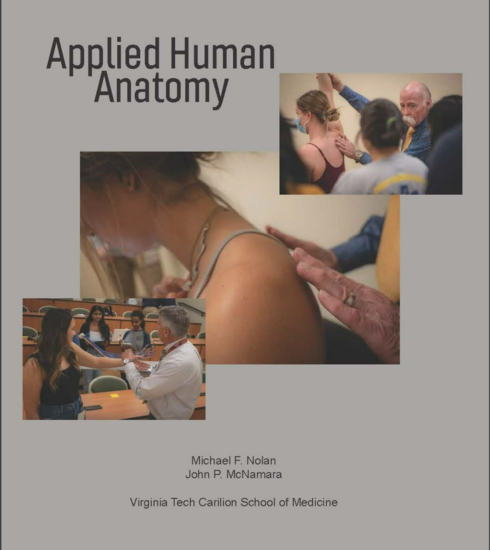
This section provides foundational resources for studying human anatomy. Whether you're just starting out or reviewing for exams, you'll find textbooks, eBooks, and interactive tools to support your learning.
Study Tips:
An immersive, interactive learning tool that allows students to explore human anatomy through detailed 3D models and virtual dissections. Users can zoom, rotate, and dissect anatomical structures to study body systems in depth. Designed for college-level anatomy courses, the platform includes guided lessons, self-assessments, and integrated reference content from Gale. Ideal for both in-class demonstrations and independent study, it supports visual and kinesthetic learning styles.
Contact your professor for off-campus access information.
Learning styles refer to the preferred ways individuals absorb, process, and retain information. Understanding these styles can help tailor educational experiences to maximize engagement and comprehension. While many people use a mix of styles, most tend to favor one over the others.
Visual learners understand and remember information better when it is presented in a visual format such as diagrams, charts, maps, videos, and color-coded notes. They often benefit from seeing relationships and patterns and may prefer to visualize concepts in their minds.
A comprehensive streaming video platform offering over 45,000 full-length academic videos and more than 341,000 video clips across 25+ core subject areas. Curated from over 1,200 international producers, the collection supports a wide range of disciplines including history, science, business, engineering, health, arts, and social sciences. Features include public performance rights, closed captioning, interactive transcripts, and tools for creating playlists, embedding clips, and generating citations.
Text-based learners (also known as verbal or linguistic learners) prefer reading and writing as their primary modes of learning. They excel at processing information through written words, whether in books, articles, or written instructions, and often enjoy activities like note-taking and journaling.
Looking for more resources not listed below; search our collections using the following terms:
 Applied Human Anatomy
by
Michael Nolan
Applied Human Anatomy
by
Michael Nolan
Provides access to a collection of over 125,000 academic e-books across a wide range of disciplines. Includes scholarly monographs, encyclopedias, dictionaries, and reference works. Content is curated and permanently owned by OhioLINK, with funding from member libraries and central support.
Interactive learners (often aligned with kinesthetic or interpersonal learning styles) thrive through hands-on activities, discussions, and collaborative work. They learn best by doing, engaging in role-plays, experiments, or group projects that allow them to actively participate in the learning process.
An immersive, interactive learning tool that allows students to explore human anatomy through detailed 3D models and virtual dissections. Users can zoom, rotate, and dissect anatomical structures to study body systems in depth. Designed for college-level anatomy courses, the platform includes guided lessons, self-assessments, and integrated reference content from Gale. Ideal for both in-class demonstrations and independent study, it supports visual and kinesthetic learning styles.
Contact your professor for off-campus access information.
Use the Master Muscle List to look up the origin and insertion of the biceps brachii. Then, explore the same muscle in Gale Interactive to see it in 3D!
An immersive, interactive learning tool that allows students to explore human anatomy through detailed 3D models and virtual dissections. Users can zoom, rotate, and dissect anatomical structures to study body systems in depth. Designed for college-level anatomy courses, the platform includes guided lessons, self-assessments, and integrated reference content from Gale. Ideal for both in-class demonstrations and independent study, it supports visual and kinesthetic learning styles.
Contact your professor for off-campus access information.